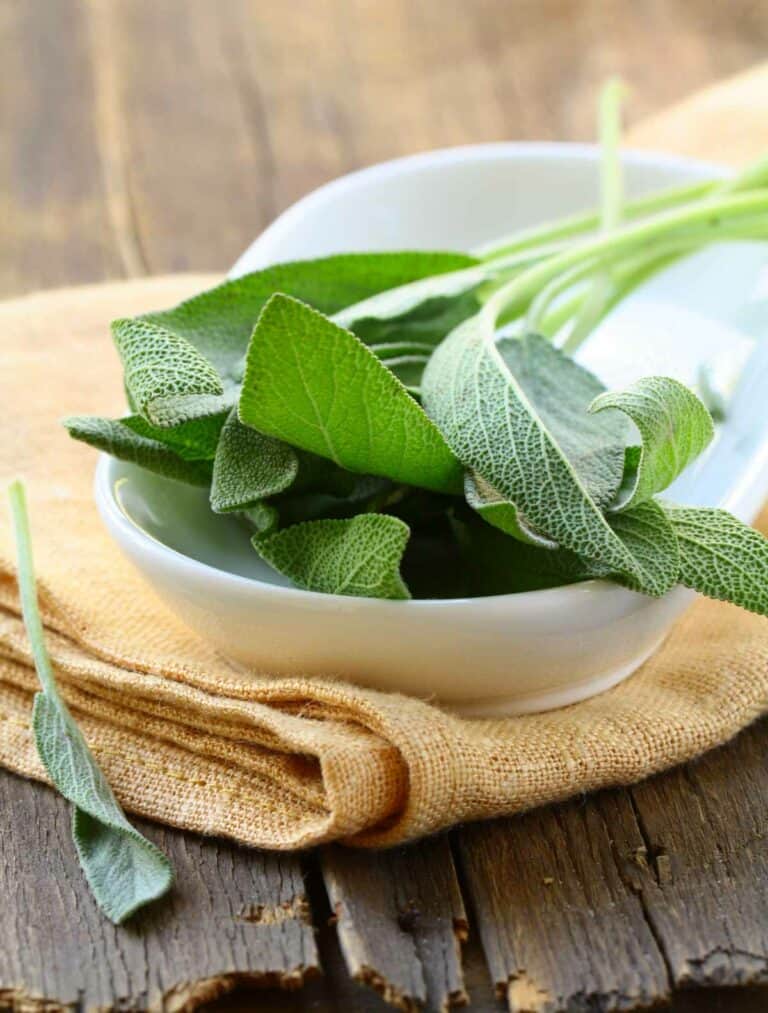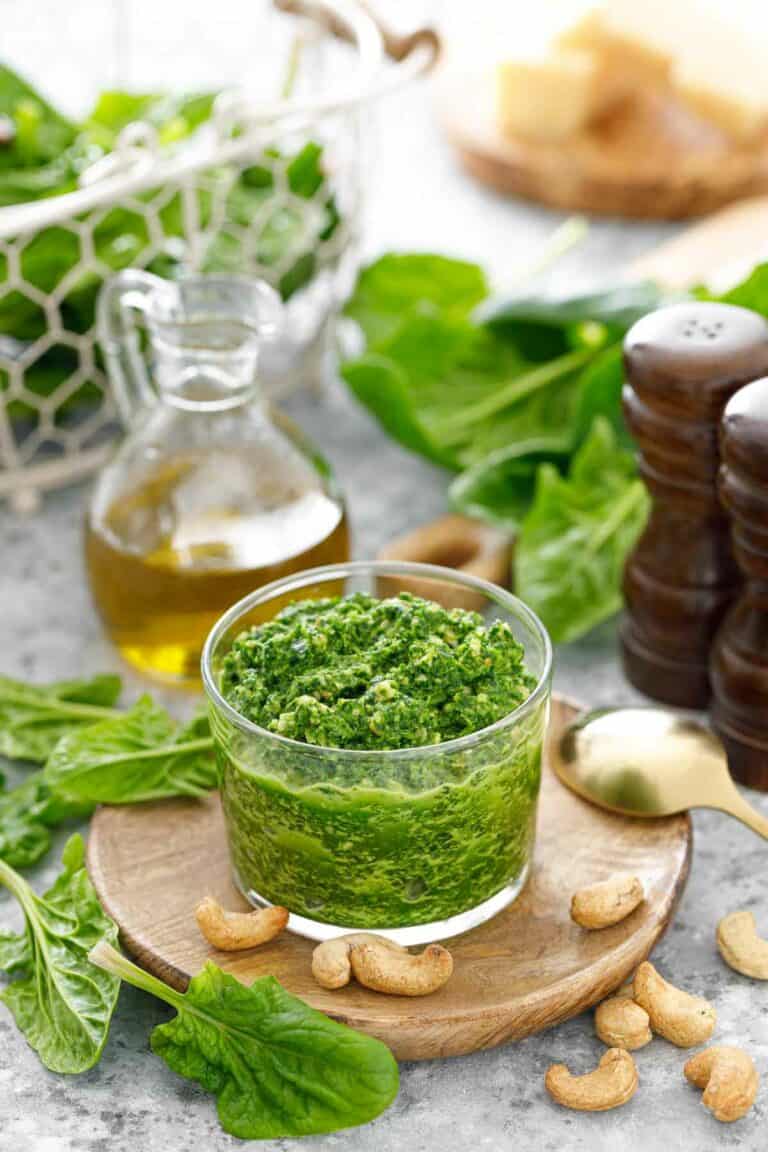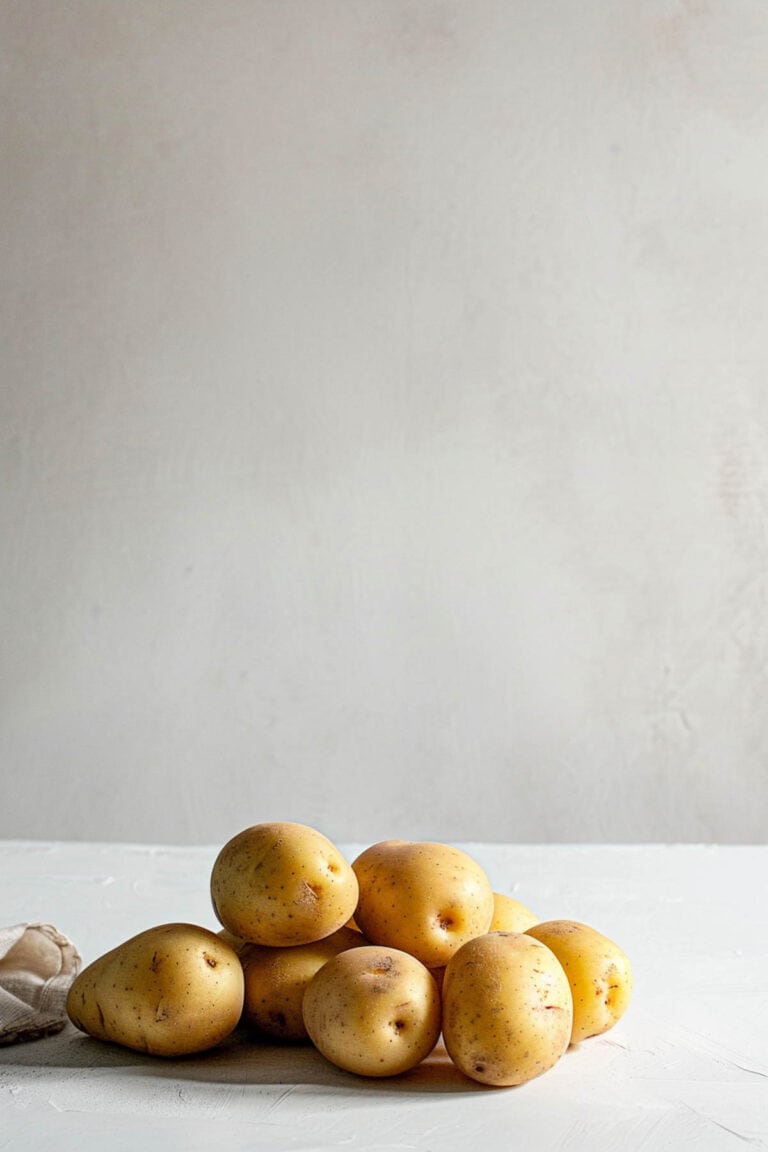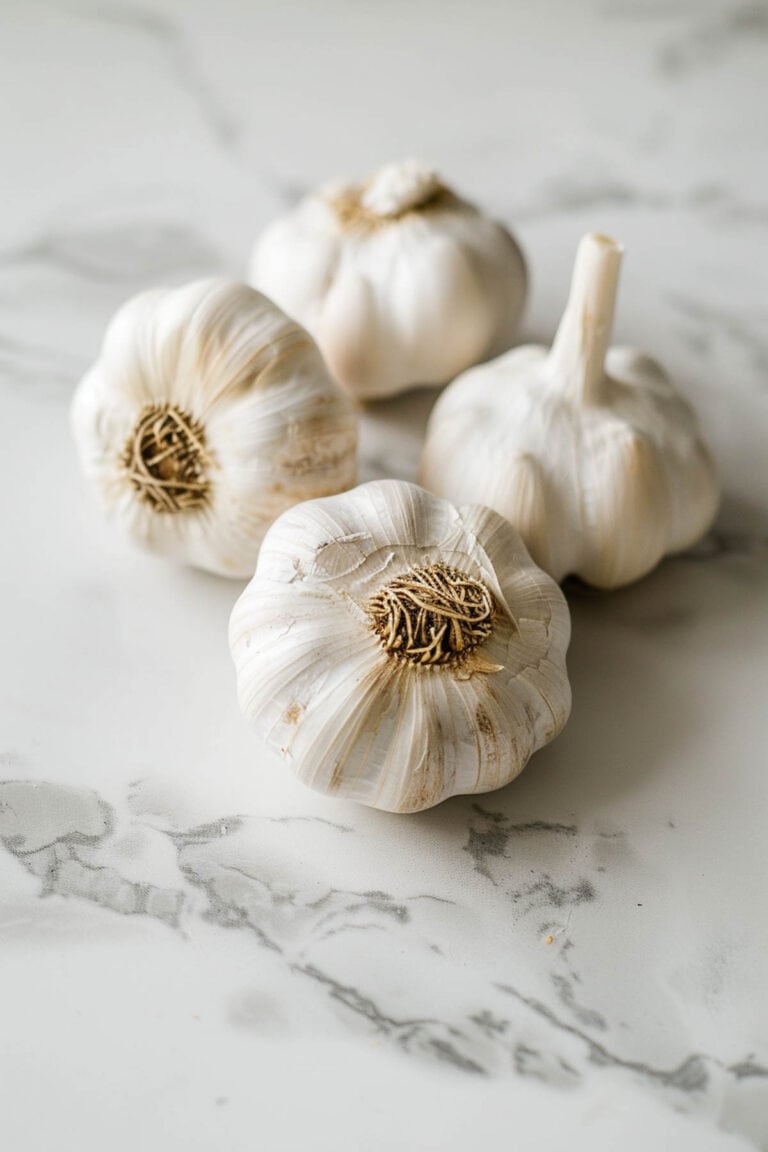Fluff, Not Flop: Master the Art of Basmati Cooking Like a Pro
You may have grown up eating it, but it’s time to make something other than minute rice. It’s not hard and is so much tastier than what you’re used to. Once you learn how to cook basmati rice, you’ll see how it’s a great choice that pairs well with just about anything you make.
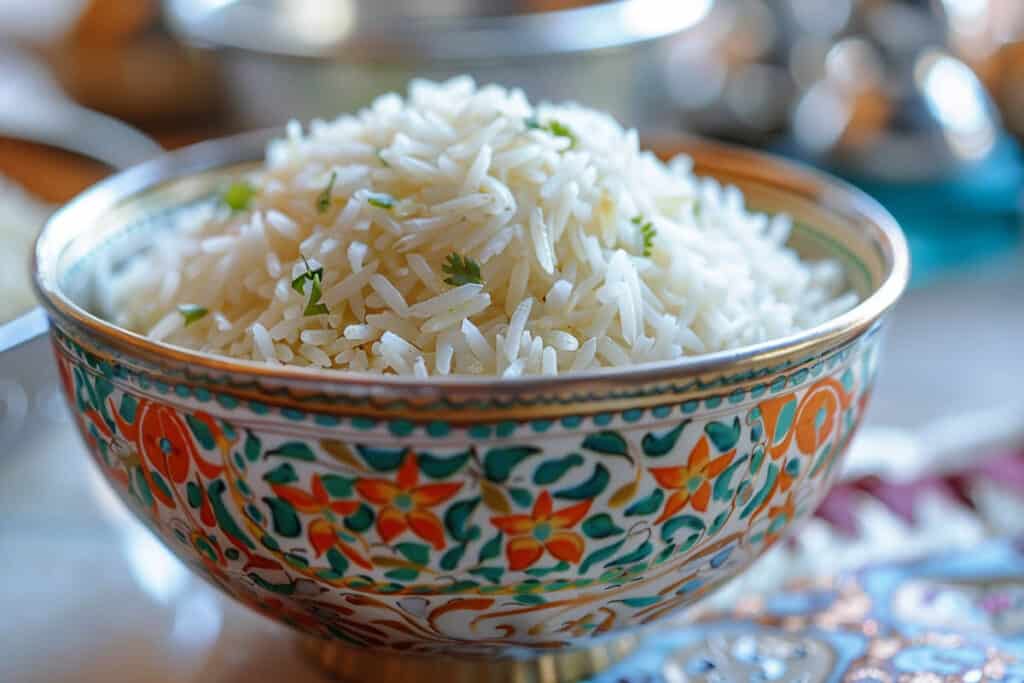
What Is Basmati Rice
Basmati rice is a long-grain rice variety primarily grown in the Indian subcontinent. Known for its distinctive aroma and slender grains, basmati has been cultivated for centuries in the fertile plains of the Himalayan region.
The word basmati translates to fragrant in Sanskrit, a nod to the rice’s natural and enticing scent. It has a unique aroma reminiscent of popcorn and almonds.
Basmati is the rice you traditionally enjoy at an Indian restaurant, but it’s a great choice for so many dishes you enjoy at home, too. It’s become far more common over the years, and you can easily find it at your local grocery store.
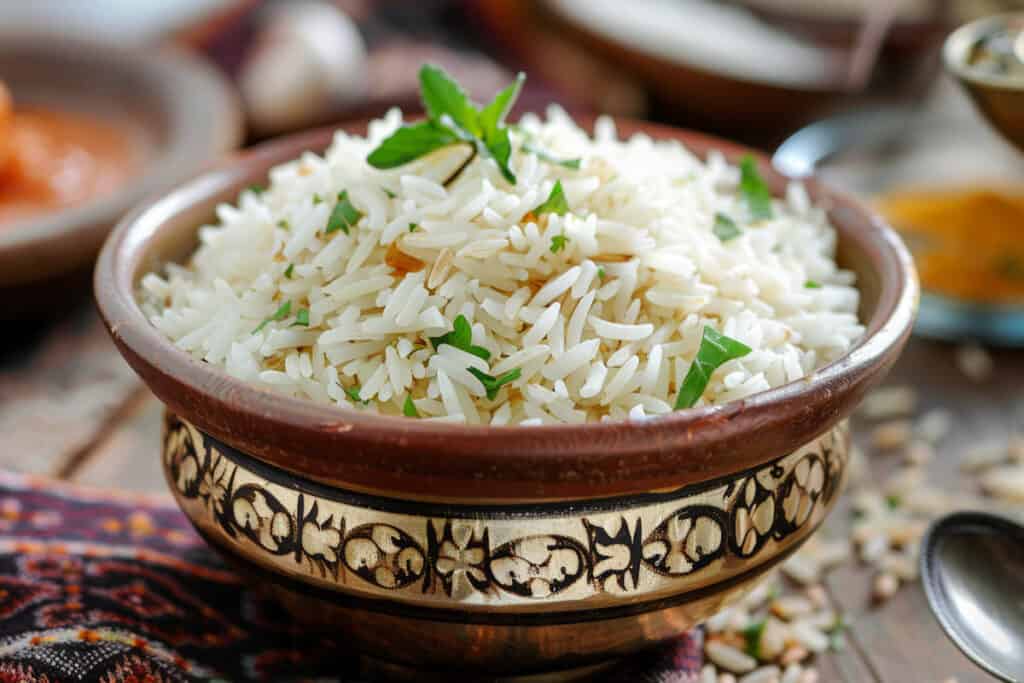
Why You’ll Love Basmati Rice
Basmati is an incredibly versatile type of rice. It works well in pilafs, biryanis, curries, stews, salads or even stuffed peppers. Basmati takes center stage or plays a supporting role flawlessly.
Its natural aroma isn’t just there for show; it enhances every dish it touches, adding a subtle floral note that elevates ordinary to extraordinary. Compared to many other rice varieties, basmati is also lower in calories and fat, making it a guilt-free way to indulge your cravings.
It cooks up beautifully with fluffy, separate grains that are the hallmark of perfectly cooked basmati. You won’t have any mushy messes that may occur with some types of rice.
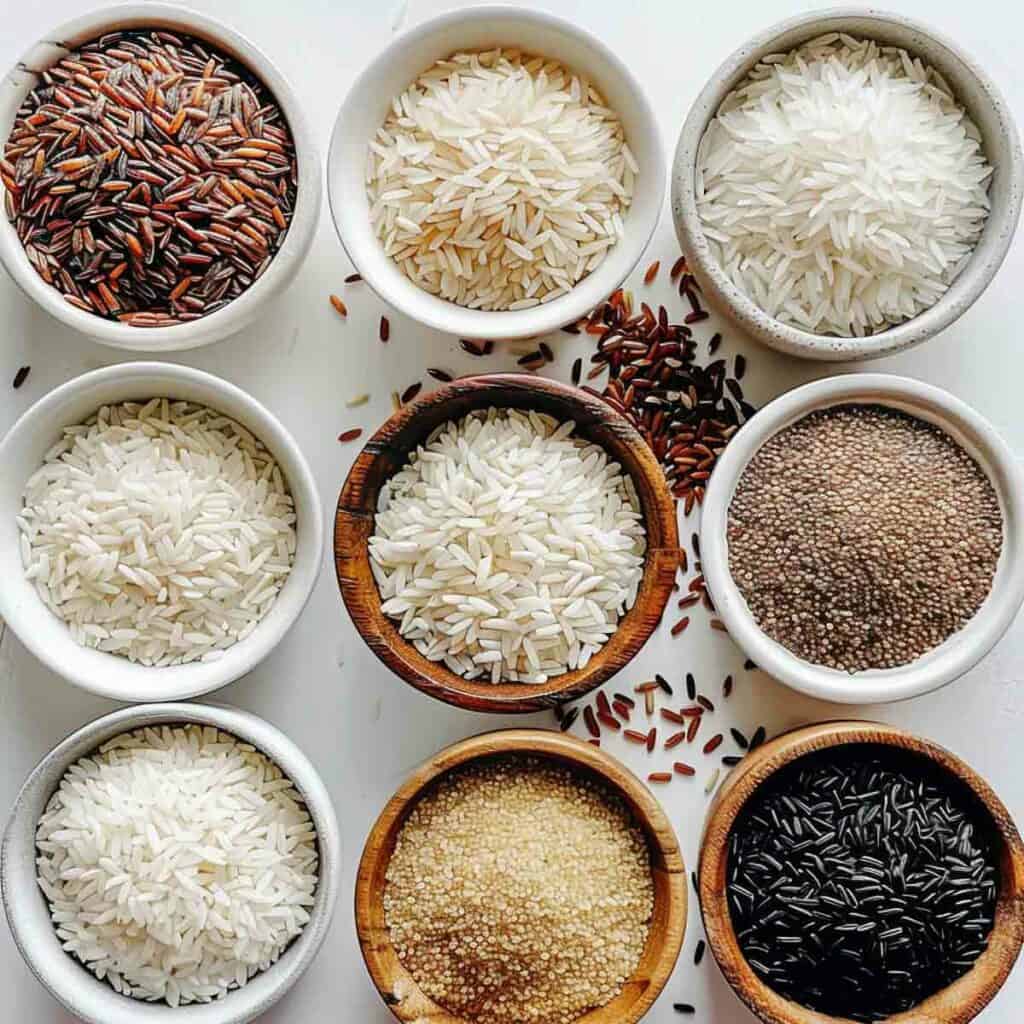

“I eat a lot of rice, just plain, and I prefer basmati over the other types of rice for its distinct flavor. It is deliciously fragrant and nutty. Once cooked, the long grains are nice and fluffy.”
— Jere’ Cassidy, One Hot Oven
How To Serve Basmati Rice
Basmati works well as a blank canvas. Let the fluffy grains soak up the goodness of spicy curries, savory stews, or tangy sauces that make up your main course.
You can also create a pilaf and stud it with nuts, herbs, dried fruits, or fried onions for a textural and flavor dish. It holds up well to becoming the base for a flavorful side dish.
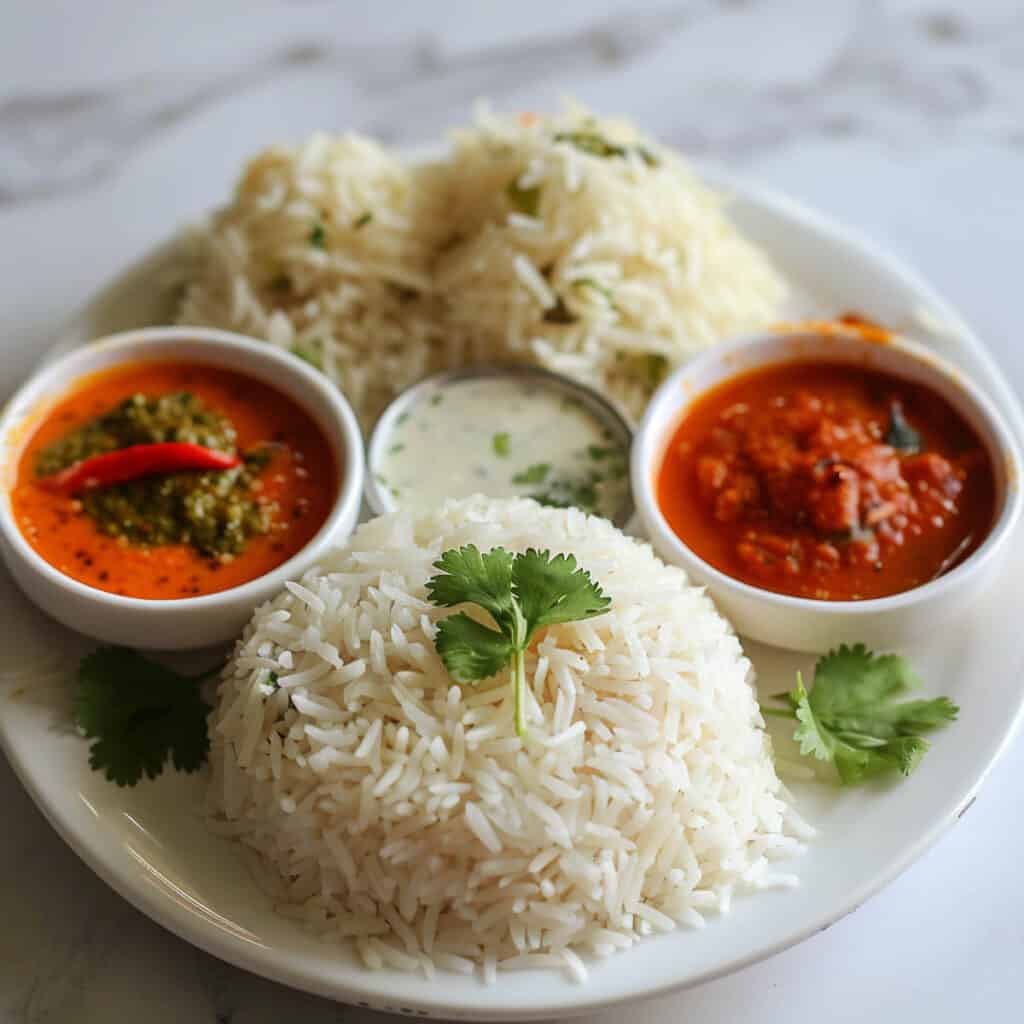
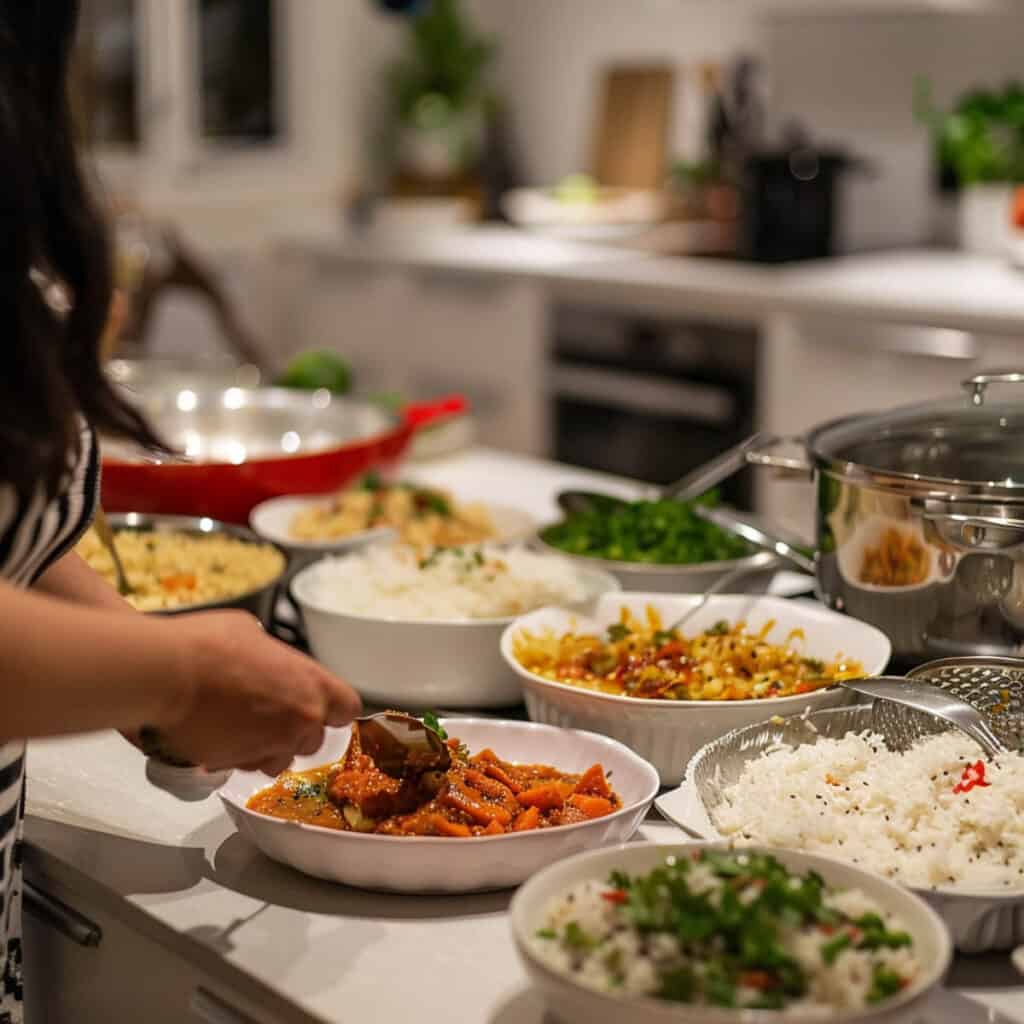
Traditionally, you’ll find basmati in biryani, an Indian dish with layers of flavorful sauce that gets absorbed by the rice. Add cooked basmati to leafy greens, grilled vegetables, and a light vinaigrette for a refreshing summer lunch.
You can also find basmati in pudding with cardamom and rosewater, a decadent Indian dessert guaranteed to impress. This delicious rice turns into a creamy rice pudding.
Why You Should Rinse Your Basmati Rice
Rice grains are coated with a layer of starch that can make them sticky. Rinsing helps remove this excess starch, preventing the rice from becoming overly gummy during cooking.
Rinsing also reduces the likelihood of rice grains sticking together, resulting in a fluffier and more separate texture once cooked. This allows you to control the texture of the rice.
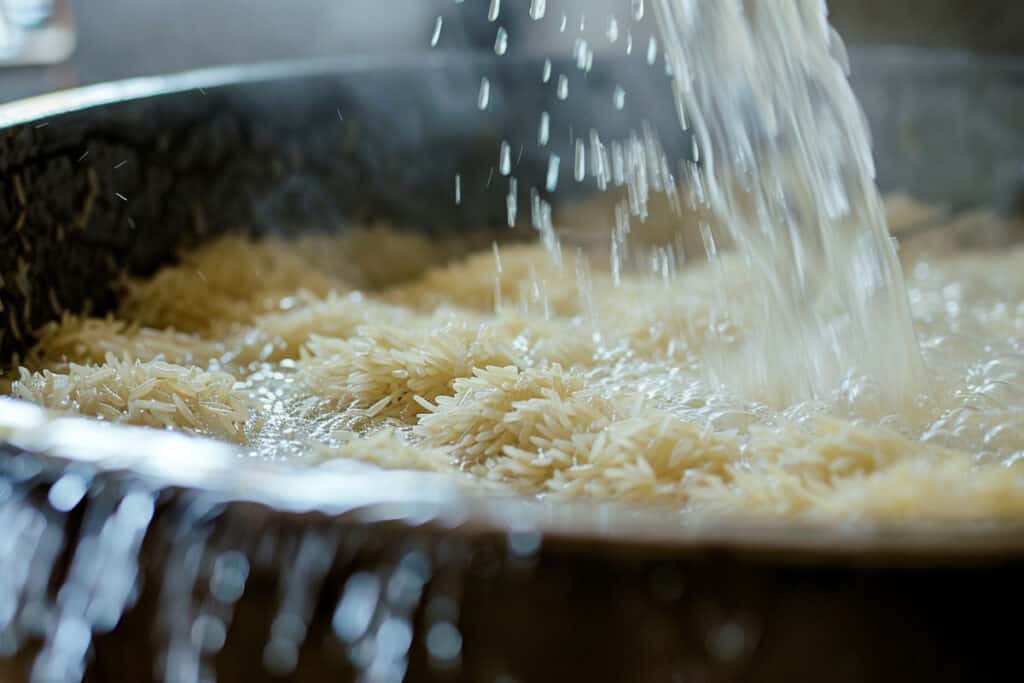
Rinsing can enhance the overall taste and aroma of the rice by removing any surface impurities or contaminants. It contributes to a cleaner and more appetizing final dish.
How To Cook Basmati Rice
Making basmati rice is simple. The easiest way to cook it is in a rice cooker, and ideally, a fuzzy logic rice cooker that adjusts the cooking time and temperature based on the type of rice and its moisture content, but it works well in a pot on the stove.
Rinse your rice as you mean it, and this is a step many don’t know about or skip when they learn how to cook basmati rice. Wash the rice in a fine-mesh strainer until the water runs clear.
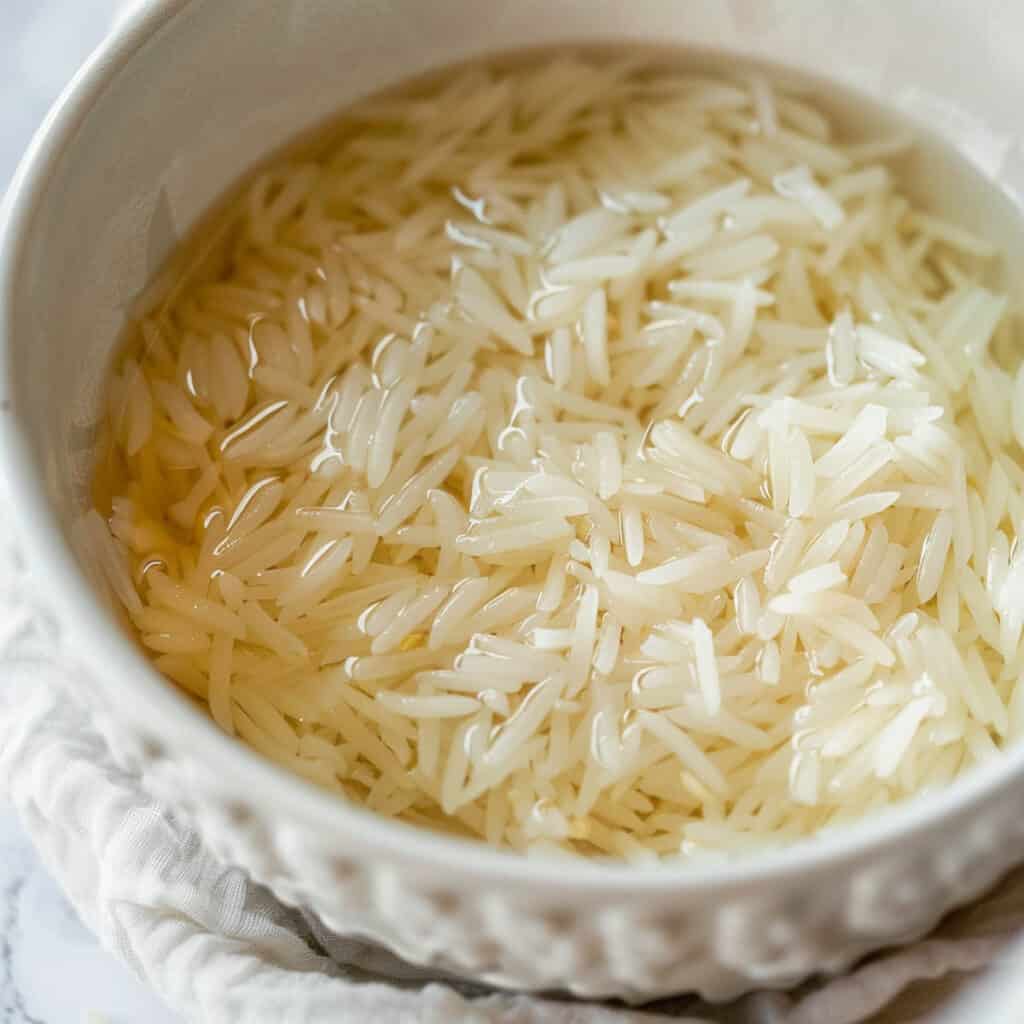
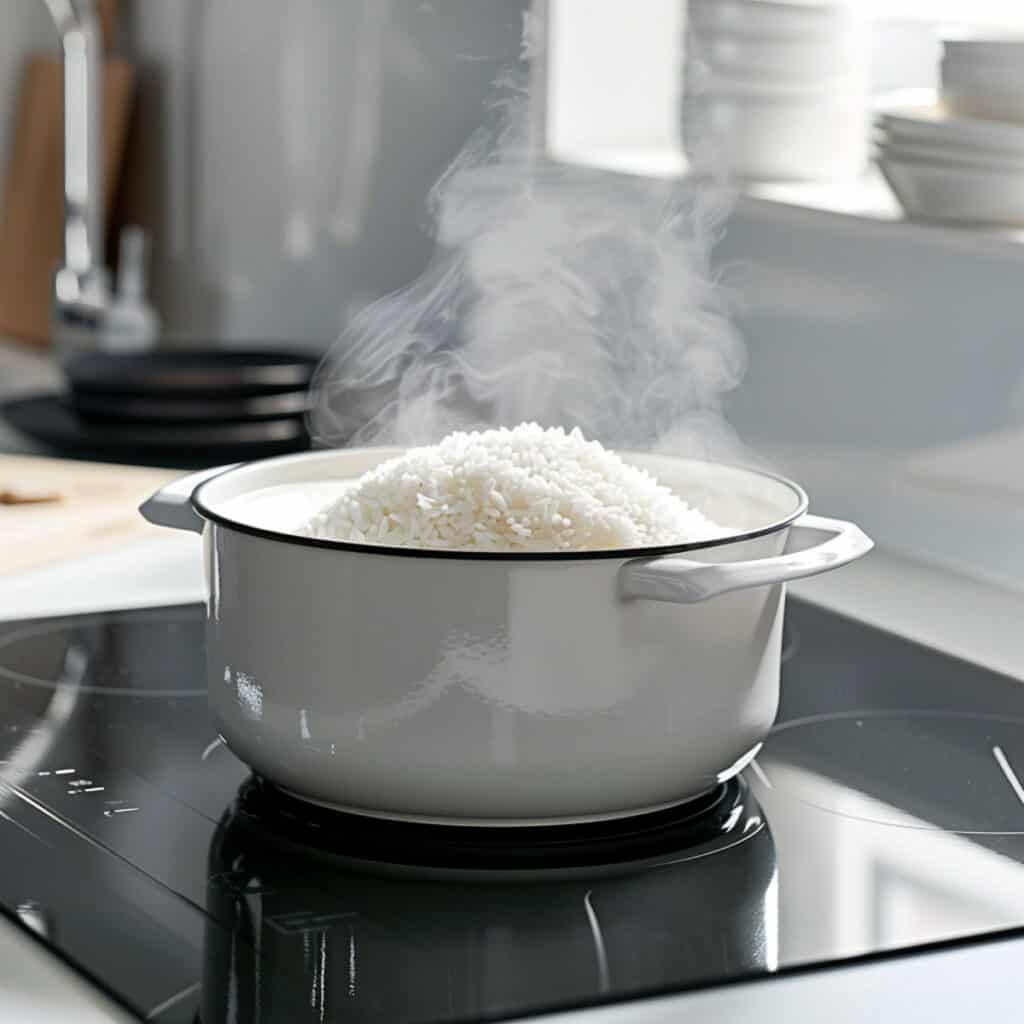
Depending on how you plan to use it, you may want to gently fry the rice in the oil for a minute or two to release its aroma and deepen its flavor. This step is critical for dishes like biryani, and it’s worth the time and effort.
For dishes where you use a more traditional cooking method, soak the rice in water for 30 minutes to an hour before cooking. This enhances the aromatic qualities of the rice.
Add water in a ratio of one and a half cups of water to every one cup of soaked rice. You can also cook it in vegetable stock to give it a little more flavor. Add salt to taste, but you generally need between a half teaspoon and 1 teaspoon of salt per cup of rice.
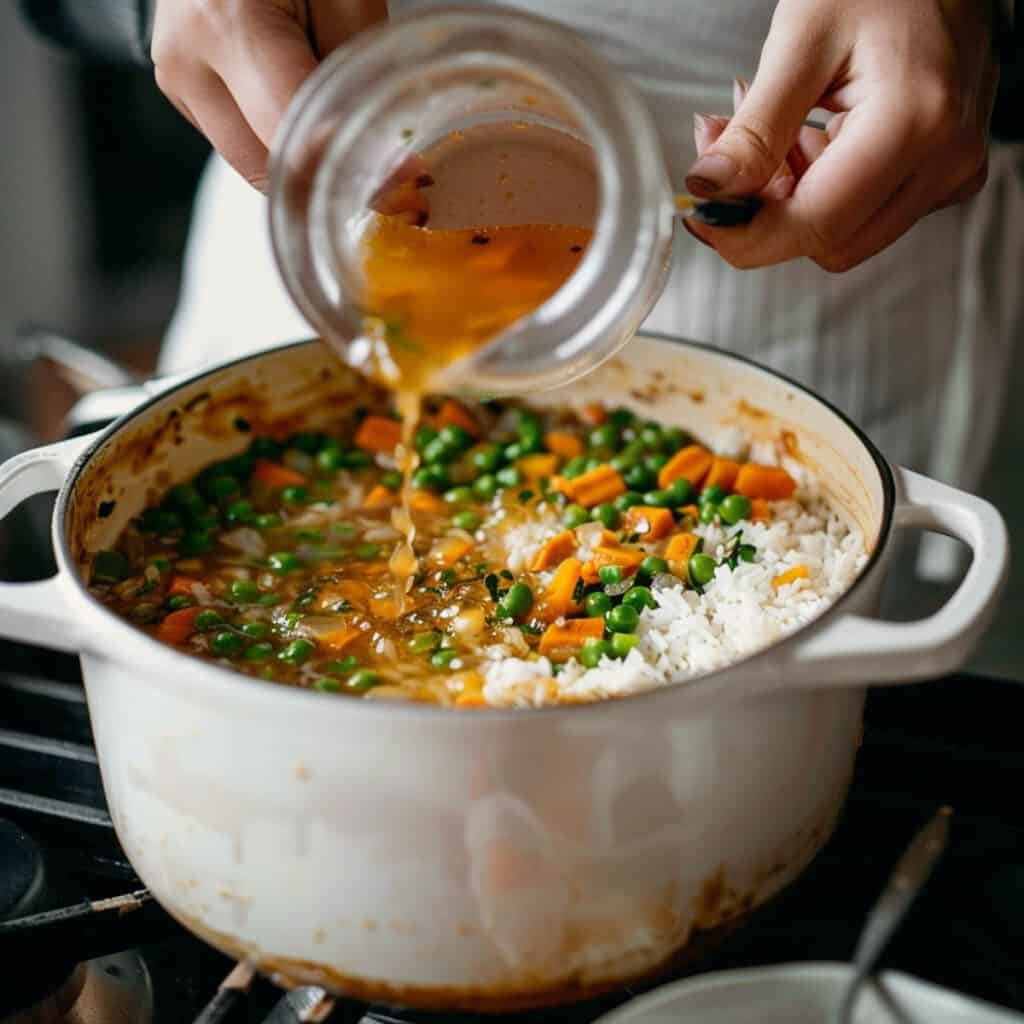
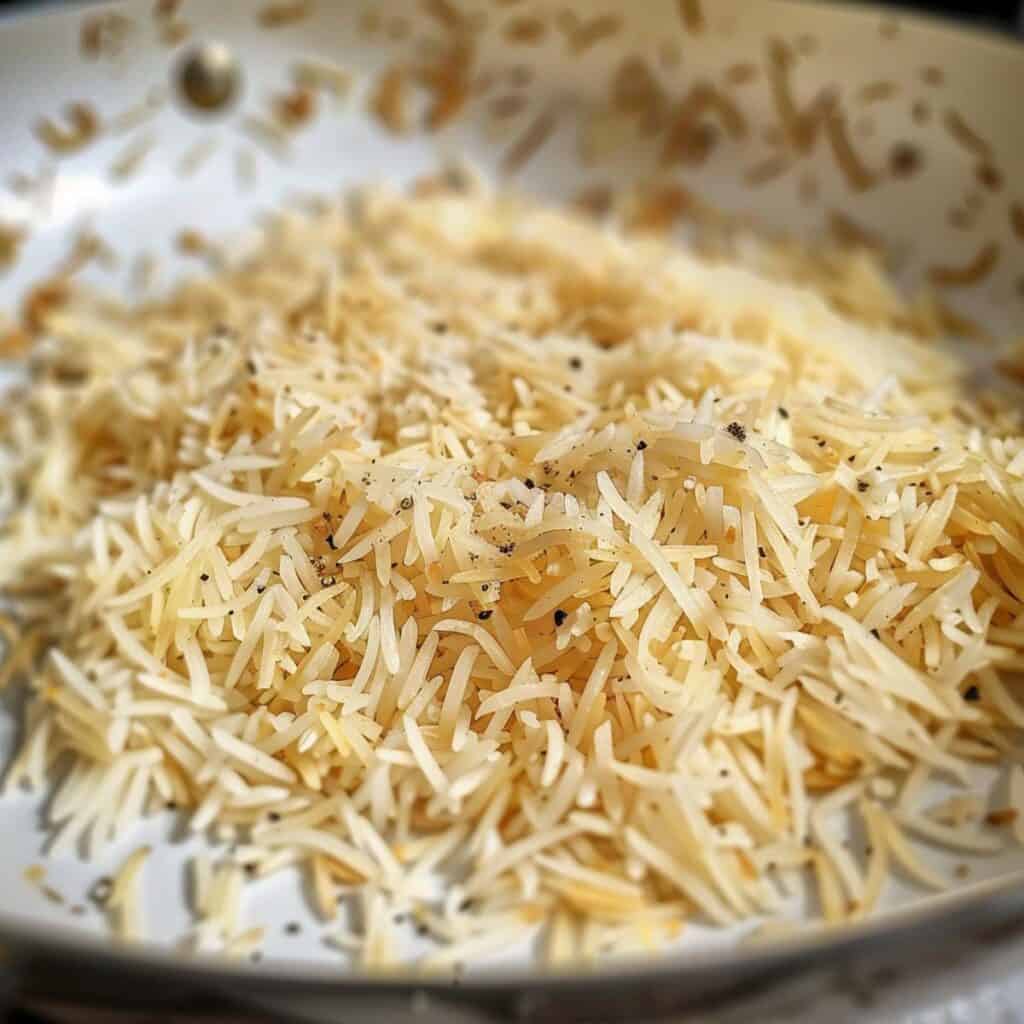
Cover the pot tightly and bring the water to a boil. Then, immediately reduce the heat to low and simmer for 15 to 20 minutes. Do not stir it or lift the lid; just let it do its thing.
After the time’s up, remove the pot from heat and let it sit, covered, for another 5 to 10 minutes. This allows the steam to finish cooking the rice and ensures fluffy perfection.
Uncover the pot and gently fluff the rice with a fork. It’s ready to serve and shine in whatever dish you pair with it.
Enjoying Leftover Rice
Rice can be a breeding ground for bacteria called Bacillus cereus, but if you take the proper steps, you can safely enjoy your leftover rice. It’s important to cool it quickly, so spread it in a shallow dish to allow it to cool rapidly.
Once it cools fully, place it in a tightly sealed container and refrigerate it within 2 hours of cooking the rice. Regardless, be sure to enjoy your leftover rice within 1 to 2 days.
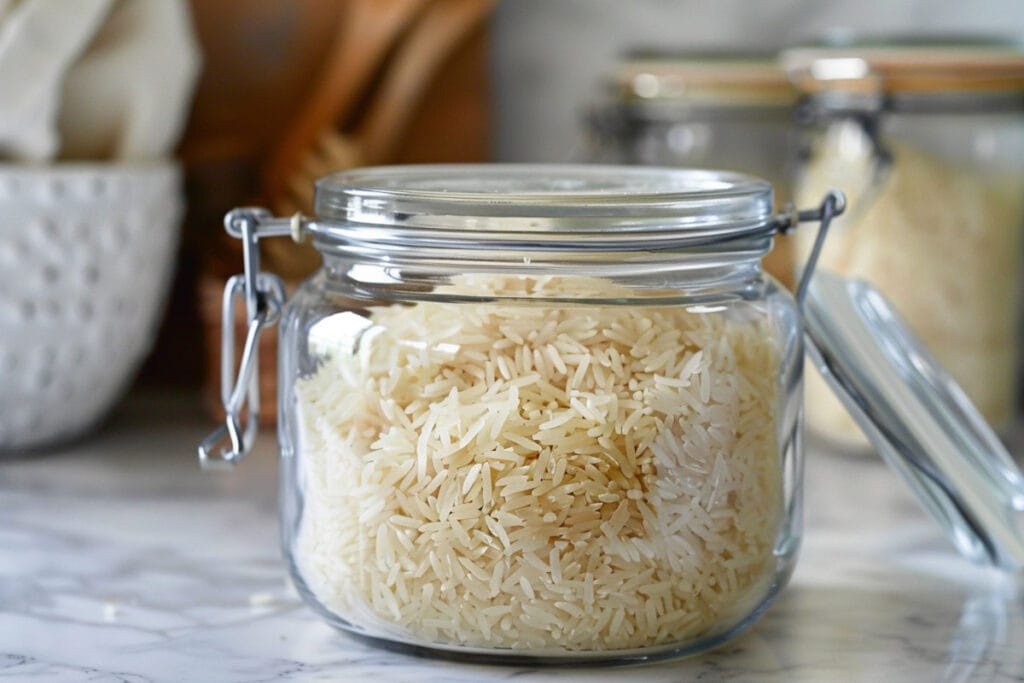
The good news is that now that you know how to cook basmati rice, it’s easy to whip up another batch. If you’re concerned about the safety of your leftover rice, use it to make fried rice, where the additional cooking can help eliminate any potential bacteria.
Final Thoughts
From its fragrant aroma to its fluffy texture, basmati rice offers a unique dining experience that can’t be replicated with other grains. The next time you’re in the mood for a side dish that goes beyond the ordinary, try making it now that you know how to cook basmati rice perfectly. Whether paired with a spicy curry, or a simple stir-fry, basmati rice is the perfect side dish.
This article first appeared on Food Drink Life.

